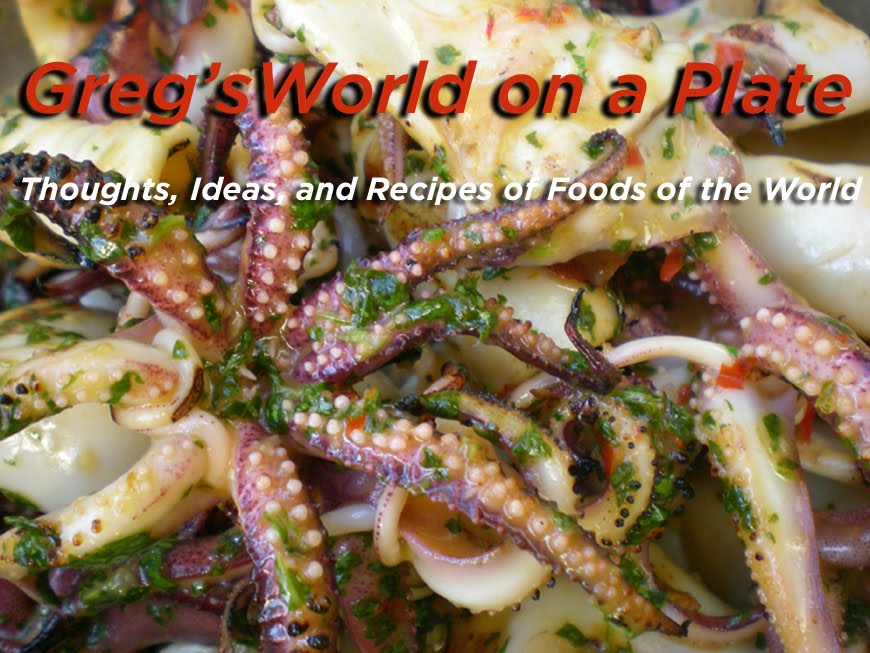The summer of 2019 I was able to cross off a major bucket list item, a long distance sailboat ocean passage. I was invited to crew aboard a sailboat in the world famous transpacific race from Long Beach to Honolulu Hawaii. One year of preparation for the boat and crew then one month away from home delivering boat to LA from San Francisco. Then the race to Hawaii took 2 weeks for a total of three weeks at sea.
With my cooking experience I took on the food aspect of the trip and was in charge of planning the meals to take on board. There were two parts, first the delivery to LA which was going to take about 3-4 days then Hawaii which we planned on 14 plus days. The main meal of the day would be fully cooked and frozen in bags for easy reheating. We had a freezer on board so it would stay frozen no problem. I made lots of wet foods like Thai and Indian curries, stews and chilis. We had five people on board so there was one freezer bag per day which was enough to feed everyone. The rest of the foods were non refrigerated like fruits, vegetables, eggs, etc. The idea was also to catch a lot of fish to eat as well, we ended up catching five Mahi. Part of the rules of the race was to have enough food and water for about three weeks in case we had a problem with the boat and it would take longer to reach land. Water was one gallon of water per person per day. We also had more emergency water jugs stored in bubble wrap to protect it from breaking open. (a race requirement)
Since all the food for the trip was cooked in San Francisco it would need to be frozen for well over a month during the trip to LA and waiting a week before the race would start. During a pre-race party
I talked to the chef of a sponsor restaurant Gladstone's in Long Beach and asked if I could use his freezer to keep our food frozen solid. He said no problem but don't tell any of the other 100+ boats because he didn't have that much room. This worked out great for us during the race.
A normal 24 hour day was coffee with UHT milk (non refrigerated) in the morning or for who ever was on watch. Breakfast was eggs, cereal and toast. lunch was normally sandwiches with cold cuts, cheese, lettuce and tomato until they ran out. Dinner was one of the frozen bags of something reheated with a side of rice. We had a three burner propane stove that worked great for cooking anything we wanted. There was plenty of snack foods to munch on during the day. For drinking we had 150 gallons of drinking water in three separate tanks which was plenty but not enough for any kind of shower. Dirty dishes were also washed in sea water to save the fresh only for drinking. The head (marine term for toilet) was sea water too.
The watch system was a way of dividing the crew in the 24 hour period so there was always two people on watch driving the boat and doing what ever was needed at the time like changing sails, etc. A watch was four hours long with the first and forth hour driving the boat then five hours off to sleep or do whatever we wanted. then another 4 hours on. This schedule lasted the whole two weeks of the race. The the driver can not see where he is going but spends the whole time looking at and steering the compass course. Closer to Hawaii it gets harder because of the following waves that come from behind and push us surfing fast down the face. I got the boat record for highest speed of 18.9 knots during one night, totally steering blind but keeping the boat steady so we would not wipe out. Fun but a little scary.
As far as alcohol most professional racing boats don't allow it but our owner/captain did allow a beer a day because after all we wanted to have a good time during the race. When we reached 1125 miles the halfway point of the race, we celebrated with a cocktail of aged rum, pineapple juice and real ICE! I was driving the boat at sunset when we hit that half way point, I declined my drink because I was busy surfing the boat down waves until the captain said "You are going to have your drink right now" we all raised our glasses and toasted the adventure. One of my favorite times was finishing a night watch at maybe 2 or 3 in the morning and relaxing with my daily beer while looking at the millions of stars in the sky, unreal.
When we caught a fish it was cleaned and portioned right away, some sliced thin and served raw with soy sauce and wasbi. The rest was cooked, the way we liked it best was sautéed with olive oil, garlic, capers and a squeeze of lemon juice at the end. A real crew pleaser.
 |
| The favorite chili and rice simmering on the propane stove while at sea. |
 |
Sailing South by Southwest a thousand miles from land.
|
 |
Just caught Mahi served fresh in the cockpit with wasbi and soy sauce.
|
 |
Sunsets were always a highlight.
|
 |
| The sailing yacht Highlander and crew at the finish. |
 |
| Can't beat a rum in the islands, a toast to the adventure. |













